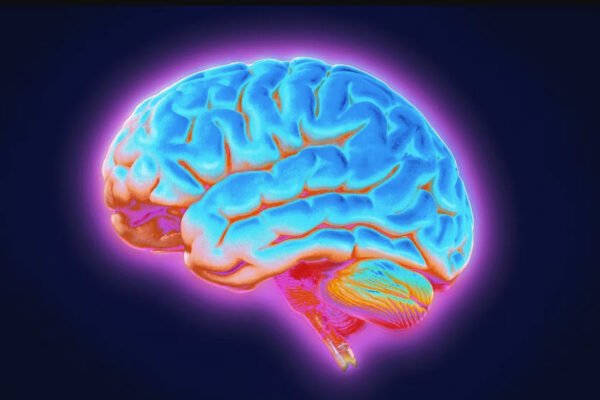Seventy-one patients with recurrent migraine headaches, aged 17–62, from one neurological practice, completed a quantitative electroencephalogram (QEEG) procedure. All QEEG results indicated an excess of high-frequency beta activity (21–30 Hz) in 1–4 cortical areas. Forty-six of the 71 patients selected neurofeedback training while the remaining 25 chose to continue on drug therapy. Neurofeedback protocols consisted of reducing 21–30 Hz activity and increasing 10 Hz activity (5 sessions for each affected site). All the patients were classified as migraine without aura. For the neurofeedback group the majority (54%) experienced complete cessation of their migraines, and many others (39%) experienced a reduction in migraine frequency of greater than 50%. Four percent experienced a decrease in headache frequency of <50%. Only one patient did not experience a reduction in headache frequency. The control group of subjects who chose to continue drug therapy as opposed to neurofeedback experienced no change in headache frequency (68%), a reduction of less than 50% (20%), or a reduction greater than 50% (8%). QEEG-guided neurofeedback appears to be dramatically effective in abolishing or significantly reducing headache frequency in patients with recurrent migraine.



